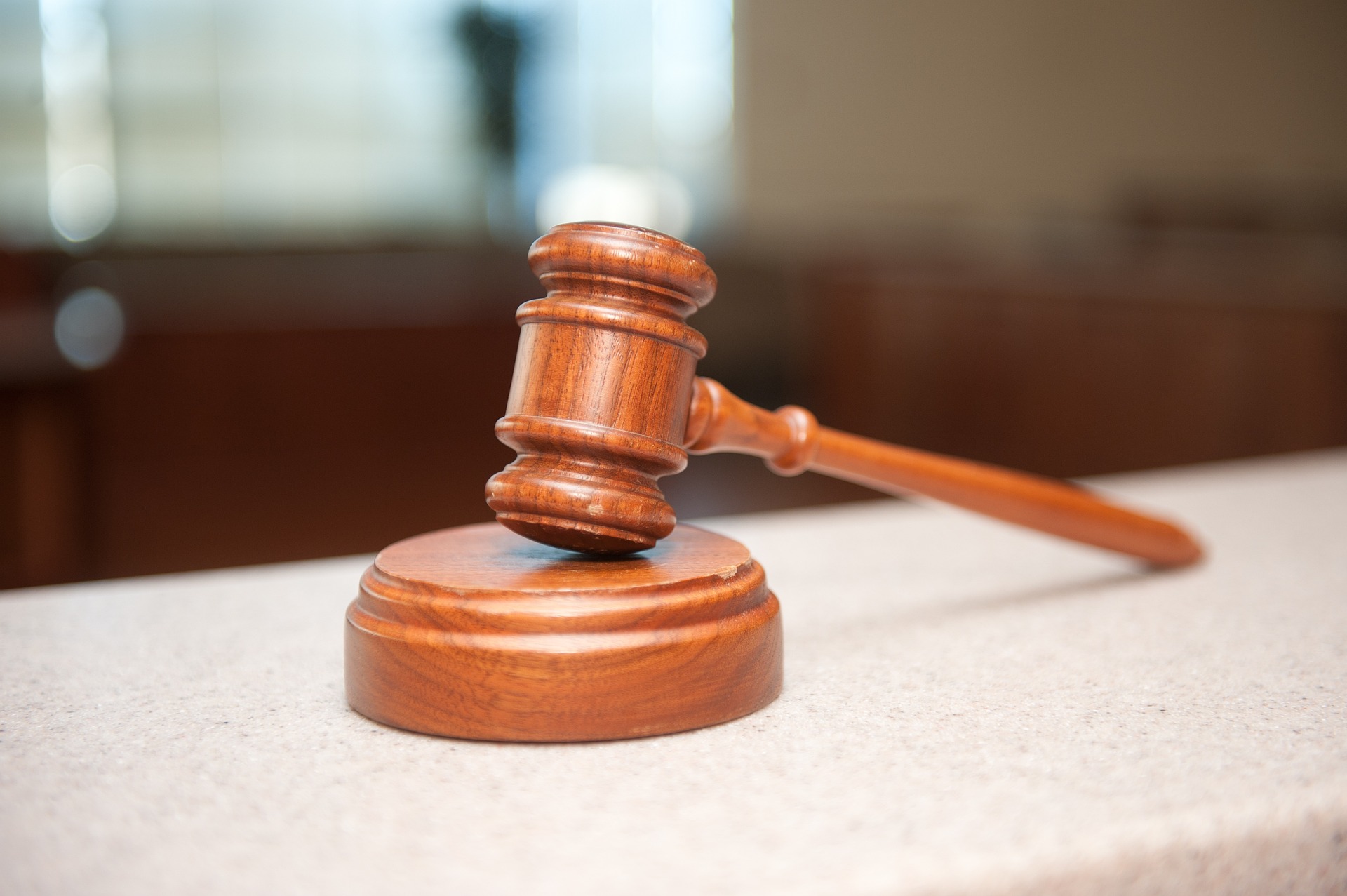AI-Driven Jury Selection: Legal Innovation and Ethical Challenges
In courtrooms across the United States, a quiet technological revolution is unfolding as artificial intelligence (AI) tools increasingly assist attorneys during jury selection. These cutting-edge systems promise unprecedented insights into potential jurors’ attitudes, biases, and backgrounds. Yet, their rise raises profound legal and ethical questions about fairness, transparency, and the future of justice. This article explores the evolving legal landscape of AI-driven jury selection, its historical context, and the pressing issues now facing courts and lawmakers.

Jury Selection: Historical Foundations and Legal Milestones
Jury selection, or voir dire, has long been a central feature of the American trial system. Rooted in English common law, the process aims to ensure impartiality by allowing attorneys to question prospective jurors and exercise challenges for cause or peremptory strikes. Landmark Supreme Court decisions, such as Batson v. Kentucky (1986), established critical limits on discriminatory jury selection, particularly regarding race and gender. Over the decades, courts and legislatures have debated the balance between attorney discretion and the need for representative, unbiased juries.
Traditionally, attorneys relied on intuition, personal experience, and sometimes the assistance of jury consultants to assess potential jurors. The process, while vital for a fair trial, has been criticized as susceptible to implicit bias, stereotyping, and even intentional discrimination. As trials became more complex and high-stakes, the limitations of human-led selection became increasingly apparent, paving the way for technological innovation.
The Emergence of AI in Voir Dire
In recent years, legal technology firms have developed AI-powered platforms designed to analyze large volumes of publicly available data—such as social media activity, voting records, and even online shopping habits—to profile potential jurors. These systems employ natural language processing and machine learning algorithms to identify patterns and predict attitudes on issues relevant to a particular trial. Attorneys can receive real-time recommendations about whom to strike or keep, theoretically improving the quality of jury selection and reducing the influence of unconscious bias.
The COVID-19 pandemic accelerated the adoption of digital tools in the courtroom, including virtual voir dire and remote jury selection. This rapid shift highlighted both the possibilities and pitfalls of integrating AI into foundational legal processes. As the technology evolves, its use is expanding beyond major civil and criminal trials into more routine cases, prompting new questions about oversight and accountability.
Legal and Policy Responses to AI-Assisted Jury Selection
Federal and state courts have begun to grapple with the implications of AI-driven jury selection. Some jurisdictions now require disclosure of the use of AI jury analytics to opposing counsel and the court, seeking to ensure transparency and allow for meaningful challenges. Others have considered or enacted rules restricting the types of personal data that may be gathered and analyzed during voir dire, emphasizing the protection of juror privacy and dignity.
Recent legislative proposals in several states aim to regulate the use of AI in the courtroom more broadly, with jury selection as a focal point. These bills often mandate human oversight of all AI recommendations and require rigorous documentation of the algorithms used. Additionally, professional organizations such as the American Bar Association have issued guidance emphasizing the need for attorneys to understand and explain the operation of any AI tools they employ.
Societal Implications and Ongoing Debates
The deployment of AI in jury selection has sparked intense debate among legal scholars, practitioners, and civil rights advocates. Proponents argue that sophisticated data analysis can reveal hidden biases and help construct more impartial juries. They contend that, with proper safeguards, AI could make the justice system more consistent and less prone to error or manipulation.
Critics caution, however, that the underlying data and algorithms may themselves reflect or amplify societal biases. AI systems trained on historical records could reinforce patterns of exclusion or discrimination, undermining the very fairness they are meant to promote. Furthermore, the opacity of many proprietary algorithms raises due process concerns: if neither the court nor the parties fully understand how recommendations are generated, meaningful oversight is impossible.
Another critical concern is the potential erosion of juror privacy and the chilling effect on civic participation. As AI tools scour online footprints and personal histories, prospective jurors may feel exposed or surveilled, deterring them from fulfilling a civic duty that is foundational to the justice system. Lawmakers and courts must weigh these considerations carefully as they chart a path forward.
The Road Ahead: Regulation, Research, and Reform
Legal innovation inevitably outpaces regulation, and the case of AI-driven jury selection is no exception. Policymakers face the challenge of crafting rules that preserve the benefits of technological advancement while safeguarding core constitutional values. Ongoing research into algorithmic fairness, explainability, and transparency will be crucial in shaping future legal standards.
Judges, attorneys, and technologists must collaborate to develop best practices for vetting and monitoring AI tools. Continued judicial training and public education will be essential to ensure that all stakeholders understand both the capabilities and limitations of these systems. As the technology matures, it is likely that courts will confront new appellate challenges testing the constitutionality of AI-assisted voir dire under the Sixth and Fourteenth Amendments.
Navigating Justice in the Digital Age
AI-driven jury selection represents a significant shift in the administration of justice, offering both promise and peril. The legal system’s ability to adapt to this innovation—through thoughtful regulation, ethical reflection, and ongoing dialogue—will determine whether these tools enhance or erode the fundamental right to a fair trial. As courts and legislatures respond to this evolving challenge, the stakes for public trust and procedural fairness could not be higher.




